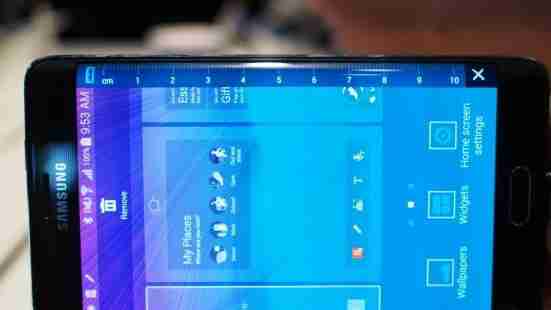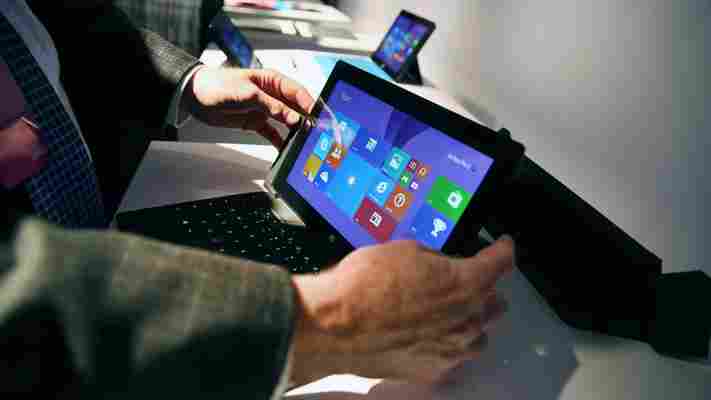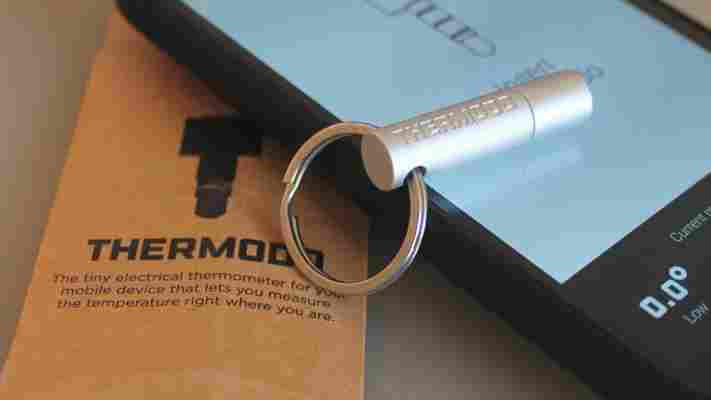If you’re in the UK and have been itching to get your hands on Samsung’s Galaxy Note Edge with its curiously curved display, your wait is over.

The Samsung Galaxy Note Edge is available exclusively on Vodafone until January 9 2015. You can get the device for £49 if you sign up for Vodafone’s Red XL tariff at £58.50 per month. That package will get you unlimited minutes and texts plus 10GB data and the choice of NOW TV, Sky Sports or Spotify for the length of the contract.
You can also opt for a less expensive £43.50 per month plan with less data and get the device for £199. We got our hands on the Samsung Galaxy Note Edge earlier in the summer and US Galaxy fans have been able to grab it since last month.
➤ Samsung Galaxy Note Edge [Vodafone]
Read next: Hands on with the Samsung Galaxy Note Edge
Microsoft’s Surface Pro 3 lands in 25 more countries; Docking Station pre-orders open, ships on September 12
As previously announced , Microsoft today started offering the Core i3, i5, and i7 versions of its Surface Pro 3 in 25 more countries via its partner retailers and resellers. If you remember that the official date of availability is August 28 and you’re scratching your head, remember that it’s already Thursday in some parts of the world, and stores are about to open in New Zealand.

The expansion brings the total number of markets for the Surface Pro 3 to 28 (the original three are the US, the UK, and Japan). Microsoft also announced today that the Docking Station is available for pre-order in all 28 countries, and will start shipping on September 12.
The full list of countries with Surface Pro 3 available is as follows: in Australia, Austria, Belgium, Canada, China, Denmark, Finland, France, Germany, Hong Kong, Ireland, Italy, Japan, Korea, Luxembourg, Malaysia, the Netherlands, New Zealand, Norway, Portugal, Singapore, Spain, Sweden, Switzerland, Taiwan, Thailand, the UK and the US.
See also – Surface Pro 3 review: Has Microsoft’s delicate compromise worked this time? and Surface Pro 3 first impressions: Third time’s almost the charm
Thumbnail image credit: Getty Images
Thermodo creates a physical thermometer from your smartphone’s headphone jack
When a crowdfunding campaign not only meets its funding goal but smashes it to smithereens, you know the idea has struck a chord with consumers.

With $336,018 raised of its initial $35,000 goal, it’s clear that the Thermodo has resonated with many across the Web. And one year after we first reported on the thermometer accessory for smartphones, here’s the lowdown on the nifty little contraption that’s shipping now.
The Thermodo is the handiwork of Robocat , the very same Danish software developer behind popular weather apps Thermo and Haze . So its latest move into the temperature-focused hardware realm isn’t entirely random.
The Thermodo sells itself as a high-precision thermometer that lets you measure the temperature in any environment using the audio port on your device. You’ll also need the accompanying apps for Android and iOS .
The unit itself is very petite. It ships in a little cylindrical case, with one end connectable to your keychain via a little hoop, and the other end detachable to plug in to your mobile phone.
When you launch the app on your phone, it will guide you through the basics of how to use the Thermodo, but essentially all you have to do is plug the device into the headphone jack and it’s good to go.
One potential problem from my perspective, however, is that the Thermodo doesn’t properly plug in to the headphone socket when the phone is inside a case.
Admittedly, my standard case is pretty chunky, so I tested this out with a simpler, flimsier case too and I encountered the same issue. Long story short, the width of the Thermodo’s head will likely preclude you from being able to use it AND a mobile phone case at the same time, though of course if the headphone jack ‘hole’ in your case is wide enough, this won’t be an issue.
Then there’s the precision element. When using the Thermodo, what you’re actually measuring is the temperature of the sensor inside the housing, and by the creators’ own admission many things can impact this reading.
For example, your hands can heat it up when you’re first configuring things, and it can take a little time for this heat to dissipate. Also, your phone or tablet itself can get quite warm, particularly when charging. During the setup, an on-screen message concedes:
This was certainly an issue in my experience with the Thermodo. The top-line temperature initially showed as being exceedingly high – more than 40 degrees Celsius in a room I’d already verified as being a little more than 21 degrees. If you’re experiencing high readings you’ll find an option to help compensate for your device’s heat under the app’s settings [ image right ].
I simply left my phone for a few minutes, and returned to it and found that the reading was pretty much on the button. And it remained fairly consistent while the Thermodo was plugged in and as I moved around.
Digging in to the nuts and bolts, the Thermodo basically consists of a passive temperature sensor built into a 4-pole audio jack. The unit sends an audio signal through the temperature sensor, which then reduces the signal amplitude depending on the actual temperature. This ‘attenuation’ can then be detected on the microphone input and then, using its own software, it calculates the corresponding temperature.
The Thermodo isn’t designed to tell you the broad temperature in your town or neighborhood (though it does do this) – there are plenty of weather-related tools and apps for that. It’s more about your very specific location – perhaps to establish how warm your kid’s bedroom is, or the room temperature as you try to expedite the proving of your home-made pizza dough.
The Thermodo is an interesting show of technology in terms of how your existing tools can be accentuated with a little innocuous extension. Many devices, including the Samsung Galaxy S4, already have a bunch of built-in sensors that are capable of detecting temperatures, as demonstrated by the WeatherSignal app for Android. However, one of the upsides of using the Thermodo is that you can use an extension cable to position it away from your device, thus making it less susceptible to the heat of the smartphone itself.
But can such a device really take off as a suitable replacement for a standalone thermometer? The Thermodo is certainly small and portable, and it was neat being able to see the ambient temperature change as I moved around the house, or stepped outside. But for those who need reliable, accurate, ambient temperatures on-tap, you can procure a fairly reliable lightweight alternative for just a few bucks. The Thermodo’s $30 price-tag ($45 for the ‘premium’ aluminum edition) may well deter people.
Also, throw into the mix the restrictions imposed by mobile phone cases, the sometimes-fiddly nature of getting the sensor back down to ‘normal’, and also the need to remember to unplug the sensor when answering your telephone (remember: this uses the headphone jack on your device), then I’d say the jury is very much still out on this one.
The review unit here was provided by Kickstarter sales-specialists BiteMyApple which sells the premium Thermodo unit for $44.99. Though you can go direct to source for the lower-priced $30 model .
➤ Thermodo
